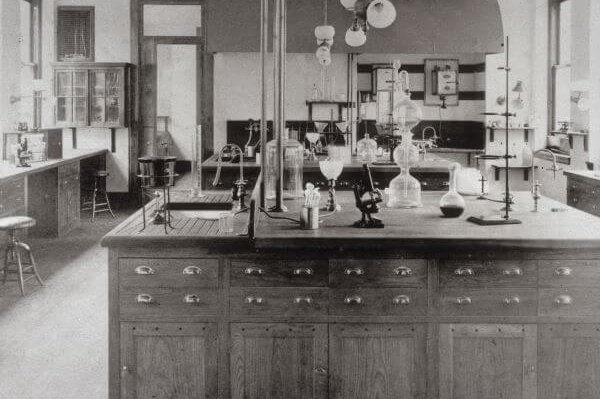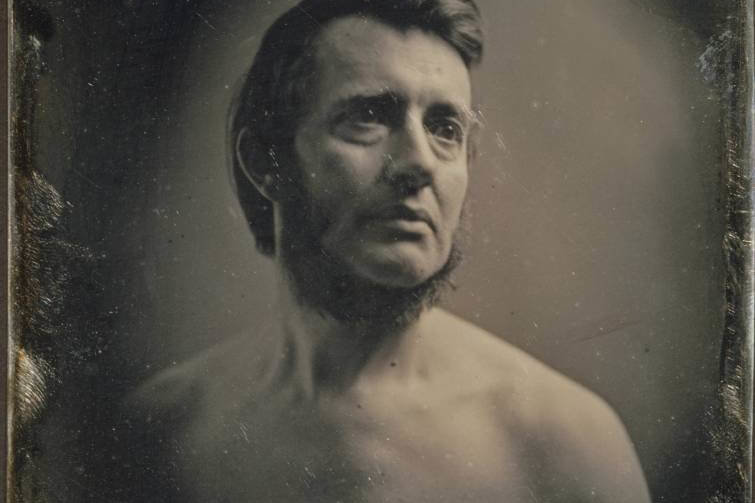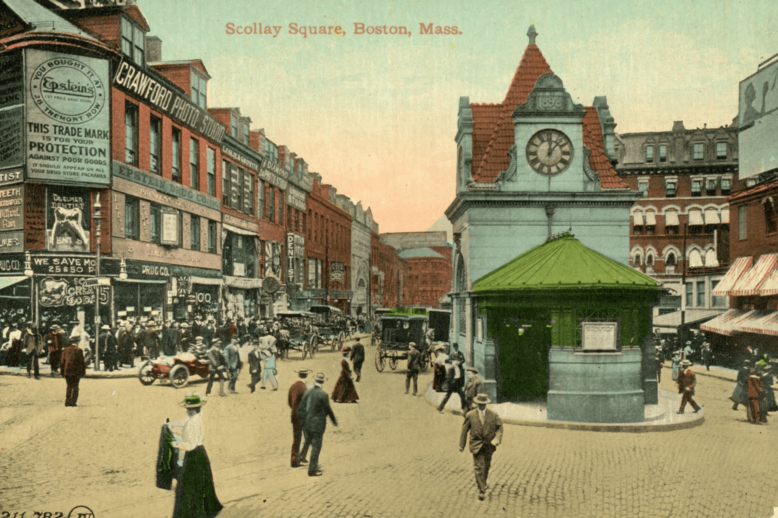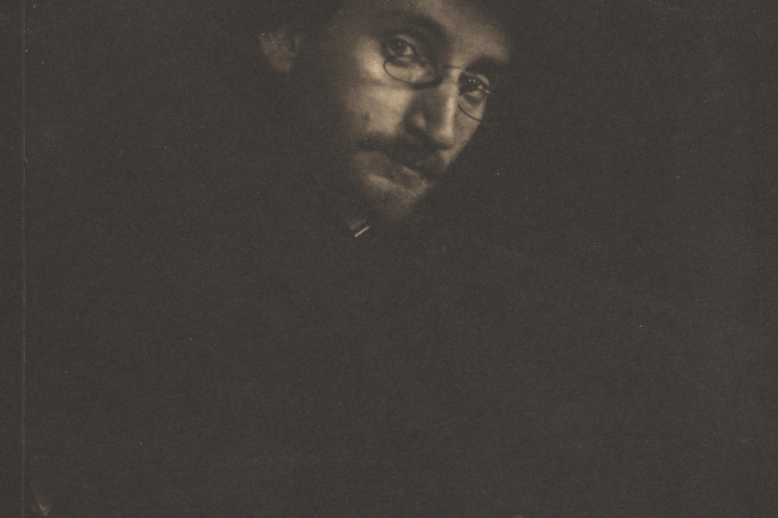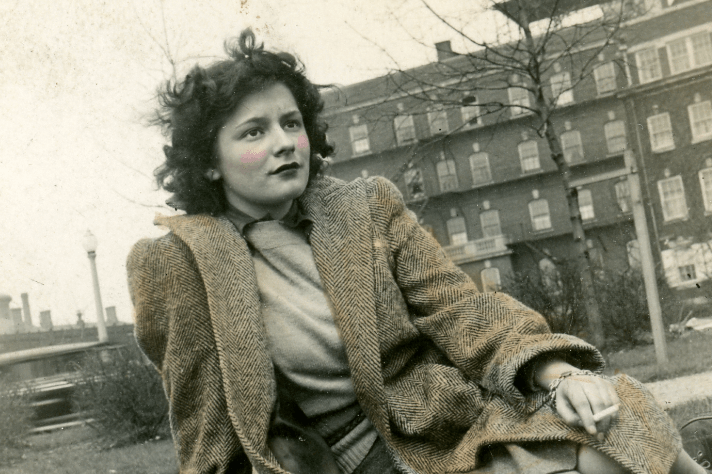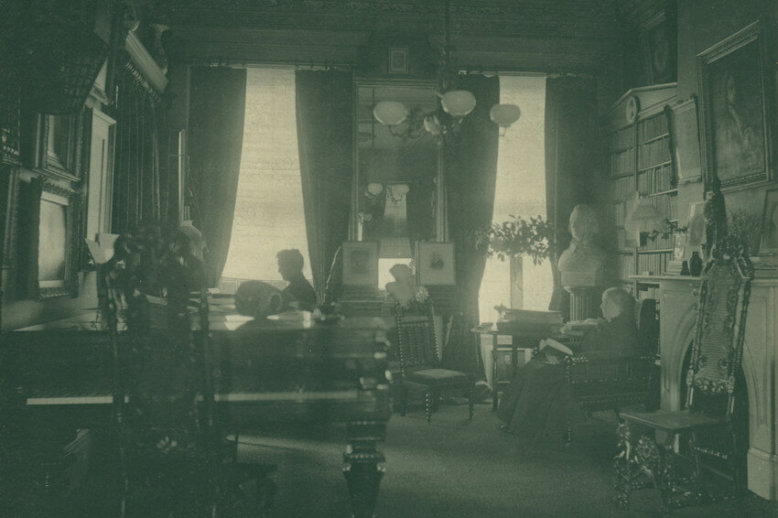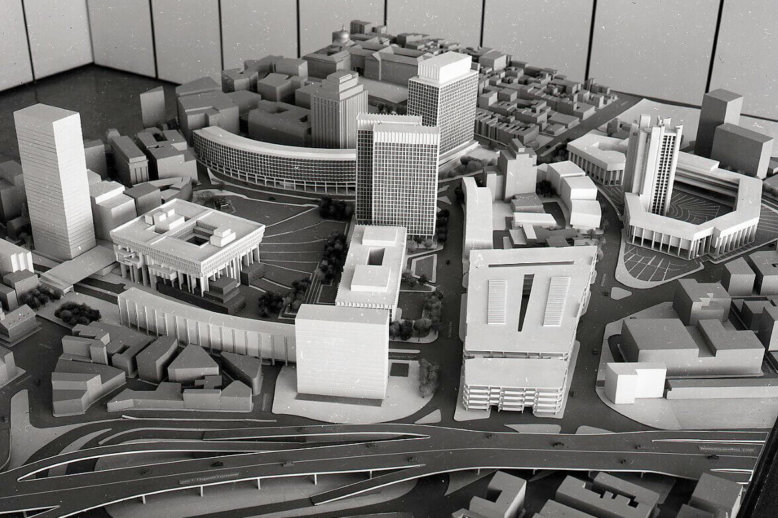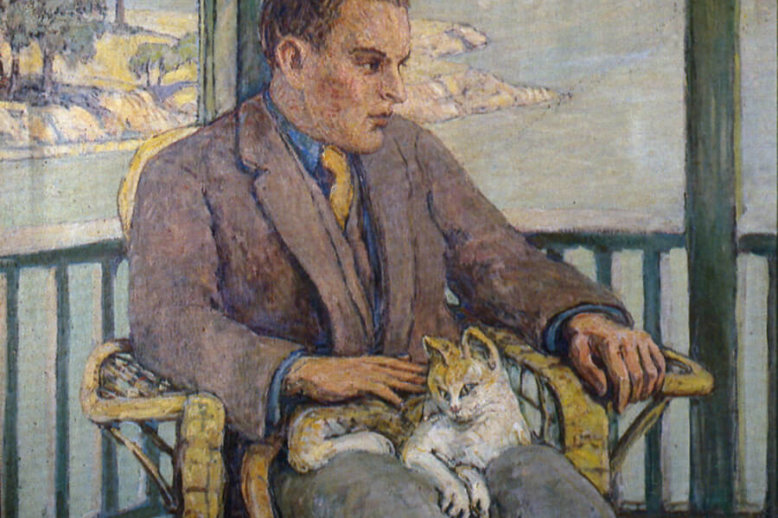History
Organizational category for all historical articles
The Allen Street House, built in 1874 at Massachusetts General Hospital, became the center of early pathology and autopsy practices in Boston. The House’s morgue, autopsy amphitheater, and laboratories were used for experiments, research, and education. For over 80 years, it served as the symbolic and functional heart of the hospital’s pathology department, shaping both clinical knowledge and medical teaching.
The partnership of Albert Sands Southworth and Josiah Johnson Hawes revolutionized early photography in the United States, particularly through their exceptional portrait daguerreotypes. Operating from 1843 to 1861, their renowned Scollay Square studio attracted elite clientele, including prominent political, intellectual, and artistic figures, as well as many notable West Enders. Their streetscapes of Scollay Square, the West End, and other Boston neighborhoods, and their commissioned works on historic events, documented Boston during a period of physical and cultural change.
Scollay Square was a vibrant entertainment hub in Boston from the mid-19th century to the early 1960s, known for its burlesque theaters, comedy shows, boisterous bars, and eclectic mix of businesses. Located directly next to the West End at the intersection of Cambridge, Court, and Tremont streets, it attracted both locals and out-of-town visitors, including sailors, with its lively nightlife and commercial offerings. The area was demolished in 1962 as part of an urban renewal project, to be replaced by Government Center.
F. Holland Day was a publisher and photographer who lived in the historic West End around the turn of the 20th century. Though he never described himself in so many words, he may have had same-sex relationships with other men and is generally seen as traveling in LGBTQ+ circles during his life. In addition to his significance as an artist, he also had a close relationship with an Italian immigrant family, the Costanzas, from the Upper End of the West End while he lived on the north slope of Beacon Hill.
Ruth Roman (1922-1999) was raised in the West End, her Jewish-Lithuanian family moving from tenement to tenement. Her fledgling interest in acting was nurtured at the Elizabeth Peabody Settlement House in the West End, where Ruth’s flare for the dramatics led to leading roles at its playhouse. While she is today remembered as a Hollywood film star – with standout roles in Lightning Strikes Twice (1951), Strangers on a Train (1951), and Tomorrow Is Another Day (1951) – the roots of her career can be found in the West End neighborhood.
At the turn of the century, “Boston marriages” enabled women to live independently from men. These relationships were common among educated female employees of settlement houses in Boston and in the greater United States. In the West End, evidence for these relationships can be found among the literary women of the period.
Boston’s brutalist buildings are divisive, having inspired decades of both contempt and praise. The Government Center Project and its brutalist structures are the result of, and symbols of, debates surrounding urban renewal planning in the 1950s and ‘60s. The divergence in opinions between architectural and political elites and ordinary people is illustrative of larger issues and trends related to the Urban Renewal and New Boston movements.
F. O. Matthiessen was a literary critic and Harvard professor who lived in the historic West End from 1939 until his death in 1950. His life and work were heavily influenced by his identity as a gay man and his twenty-year relationship with the artist Russell Cheney, even though they were, for all intents and purposes, secret. Matthiessen is credited with founding the discipline of American Studies, and his major works explore key figures of nineteenth-century American literature through the historical context that shaped their writings.


